A power outage during the night is always a problem. Such situations usually happen when you least expect it. You may find it difficult to find your backup lights such as a flashlight, candles, or lantern.
The good news is there are a number of light sources and ideas you can use to light your house during a power outage. The following light sources are all valuable resources to you when you need light due to a blackout:
- Open flame light sources
- Perpetual light sources
- Manually powered lights
- Solar-powered lights
- Chemical light sources
- Battery-powered lights
Granted, some may be more sustainable than the rest. You need to try and foresee, how long will the power outage lasts? Some outages last a few hours while others last a few days. Try to stay informed and plan for a solution that will handle short and long power blackouts. On that note, let’s talk about some basic things to know and consider before discussing ideas to light your house during a blackout.
Basic Lighting Education
The intensity of light is measured in lumens. The lumen rating indicates how bright is the light. Below you will see a table comparing different light sources and their respective ratings in lumens. This will give you an idea of how bright different lights are. At the same time, it will help you plan. For instance, LED Light Bulbs consume very little power and produce bright lights.
Light Comparison Table
| Light Source | Lumen Rating |
| 110 watt standard light bulb | 1850 |
| 18 watt LED (light-emitting diode) bulb | 1340 |
| Two mantle propane lantern | Up to 1540 |
| Two mantles white gas lantern | Up to 800 |
| 12 watt CFL (compact fluorescent lamp) | 760 |
| 40-watt incandescent light bulb | 463 |
| 4 watt LED | 300 |
| Kerosene lamp | 20 – 100 |
| Candle | 13 |
| Glow stick | 4 |
Lighting Requirements
Start by determining your lighting needs. Think of the different lighting needs for your daily tasks. Each of the lighting sources mentioned above will serve a unique purpose. For example, a lantern will offer the best light for an area such as around a dinner table. On the other hand, a headlamp will offer great hands-free light.
You may not need a lot of light such that the soft glow of a fireplace will suffice. You may also need a bright light for a specific task. In some cases, a flameless lighting option will be the best solution.
An open flame can be dangerous especially for houses with young children. Open flames are also risky due to various dangers such as a gas leak. It is also hazardous if you are in a sealed room as it will consume valuable oxygen.
Things to Consider
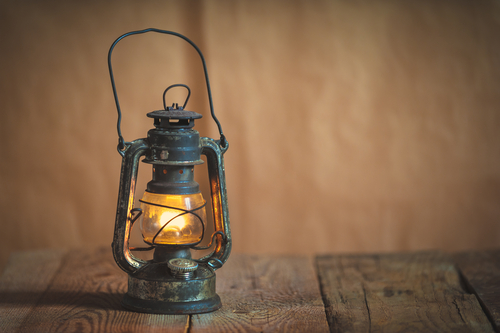
Plan according to the scenario you may experience and you will get the appropriate light sources. For brief power outages, you should consider short-term and inexpensive solutions. For extended power outages, you need to plan more sustainable options.
For example, bright battery-powered flashlights have a tendency of consuming a lot of batteries. Solar flashlights need to be recharged over and over again. When you consider these factors, you will be able to plan ahead. This will help you light your house in the event of a power outage.
Now that you know the different lumen ratings, lighting requirements, and have some basic lighting education, you can look at the most common options available.
There are five main lighting options that will work during a power blackout:
- Candles
- Kerosene Lamps
- Solar Powered LED lamps
- Hand lanterns
- Flashlights
Candles
In most households all over the world, candles are usually a good option for any emergency source of light. It is an ancient source of light, and although they are used on different occasions including weddings, birthdays, and so forth, they can be used as the best lighting backup. They usually come in different scents and colors.
Some people find candles to be the preferable method for lighting a house during a power outage. They’re very cheap, convenient, and easy to storage. For example, $10 worth of candles can last you a month or two if you are using them on a daily basis. This is a low investment compared to other lighting methods.
Flashlights
When lights go out, the first thing we think of getting is a flashlight. All flashlights are battery-powered. However, the bulb they use will vary from one make and model to another. They are handy for walking around the house during a power blackout. However, they are not great for lighting your house for long hours.
Solar Powered LED Lamps
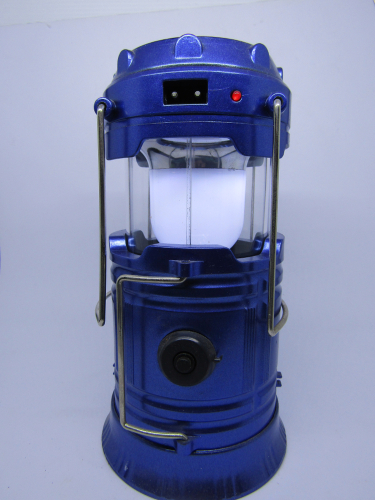
These are LED lamps that source their energy from sunlight, which is stored in inbuilt or dedicated batteries for specifically powering the lamps. Although their main purpose is to provide light, some of these lamps have ports that you can use to charge your phone.
A good solar powered lamp can last up to 8 hours when fully charged. They are usually brighter than oil lamps and last longer without going out. One of the main advantages of solar-powered LED lamps is they do not require maintenance once you purchase them.
All you need to do is buy them and you will be set for at least a year. On the downside, these lamps will set you back several hundred dollars depending on the size of your home. Additionally, they have to be installed using a professional service that may cost you more.
Kerosene Lamps
Apart from candles, Kerosene lamps are another traditional lighting method that was used by people in the past, before the advent of electricity. Kerosene lamps have one major problem, they tend to give off a pungent smell. Although they are one of the most affordable options, they have serious health implications.
The good news is such lamps are known to provide sufficient light for an average room of about ten by ten feet. If you live in a remote area like a cabin in the woods, a kerosene lamp may be one of the few options you have available during a power outage. You need to be careful when you use a kerosene lamp.
For starters, these lamps are not recommended in houses with small children. At the same time, they can be a fire risk. Accidentally knocking down a kerosene lamp can lead to a serious fire. At the same time, such lamps have a glass cover that usually gets hot. Children might get burnt if they touch it. Make sure you take all necessary precautions if you’re using kerosene lamps.
Hand Lanterns
Hand lanterns are designed differently. There are those that are gas, battery, or kerosene operated.
Gas
Gas operated hand lanterns are quite effective. They use little gas and can give enough light to light up an average room. Additionally, they do not consume a lot of gas.
Gas lanterns are known to run for long hours. The size of your gas lantern will determine how long it will run. For example, a 7-pound gas lantern can give you light continuously for several days or even a week. It will all depend on how much light you want. The brighter the light the faster the gas will run out.
Battery
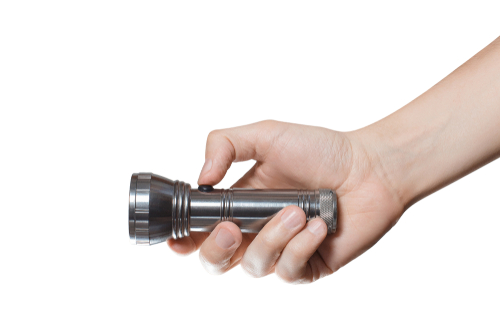
Battery operated hand lanterns are considered to be the safest type of hand lanterns. For starters, they do not use any type of fuel. This means they cannot be a fire hazard should they be dropped accidentally. The good news is they offer the same or less light than gas-operated hand lanterns.
Factors that determine the amount of light a battery-operated hand lantern will give are two. First, the battery used in the lantern, and secondly the bulb will determine the amount of light it gives off. High powered batteries are likely to give off bright light as long as they are paired with a high lumen rated LED bulb.
Kerosene
Kerosene hand lanterns are the last and have the lowest rating when it comes to hand lanterns. Kerosene hand lanterns are usually smaller in size when compared to kerosene lamps. This means they will not have the storage to hold a lot of kerosene. As a result, they tend to last for a few hours before a refill is required.
If you do not mind refilling this type of lantern, then it may be the best option. On the plus side, kerosene hand lanterns are usually very affordable. Normally they cost half or less the cost of a gas or battery-powered hand lantern. This is a great option if you are working on a budget and don’t mind refilling it during long power outages.
Conclusion
All these are great ideas when it comes to lighting your house during a power outage. The one you choose should go together with your preferences. You should also consider your budget before you make a decision. Make sure you weigh the pros and cons of each option, lumen rating, and how bright or dark of a light you need.


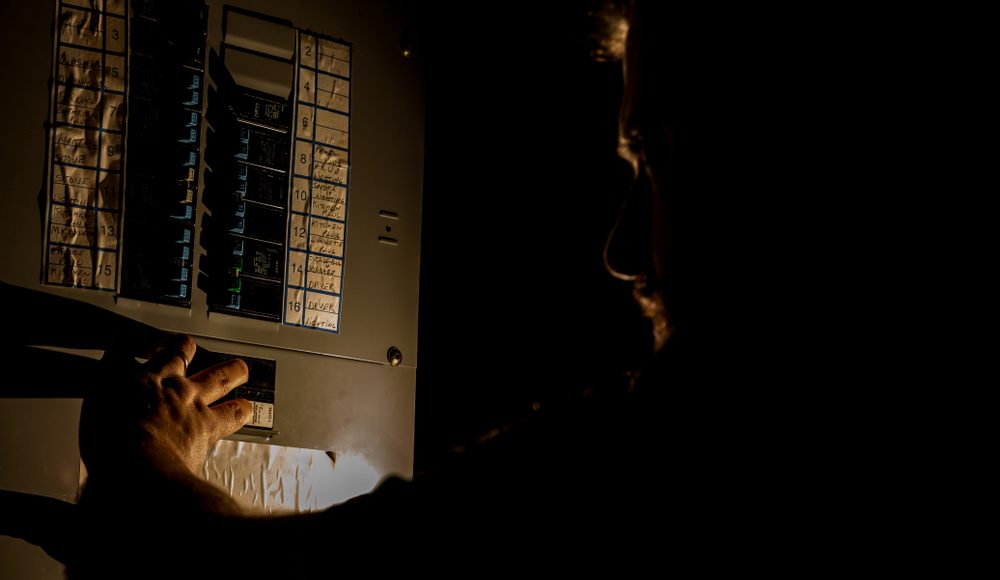
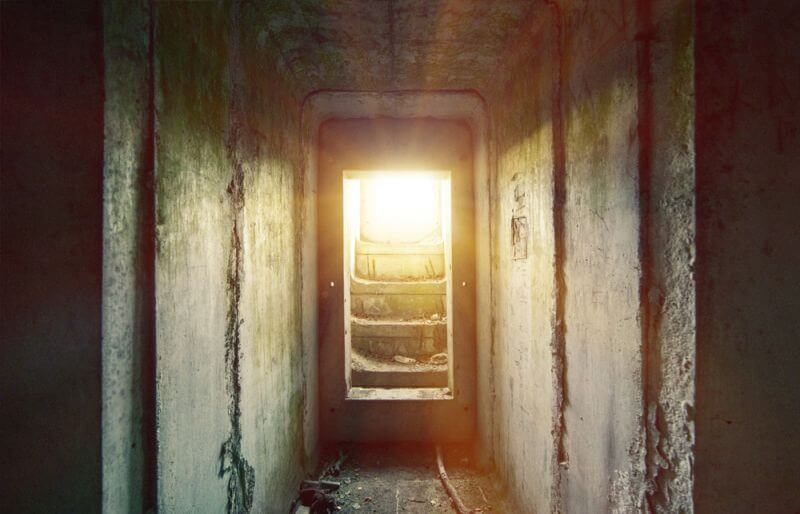
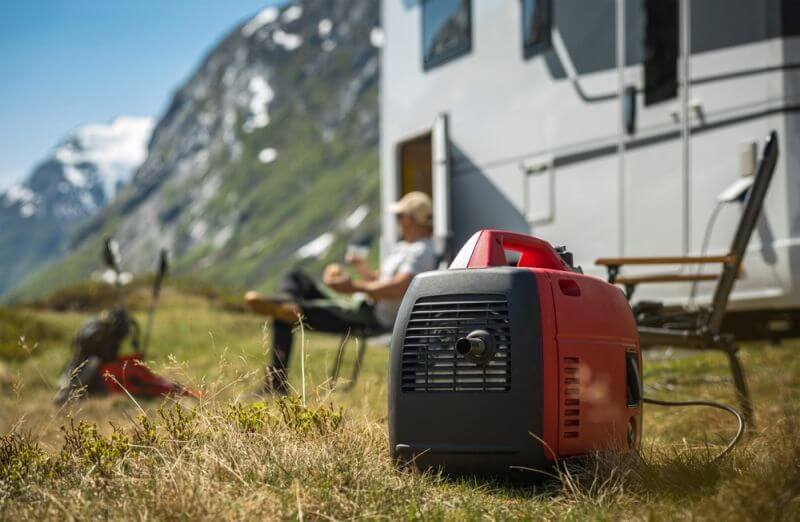
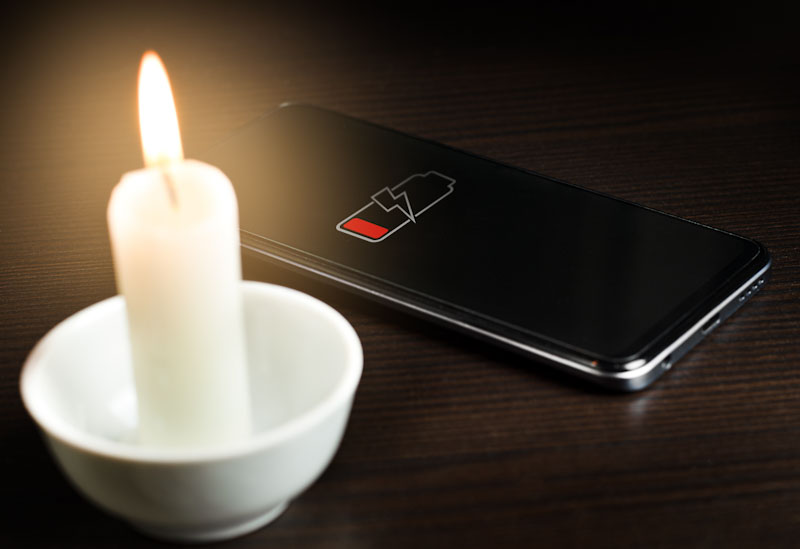
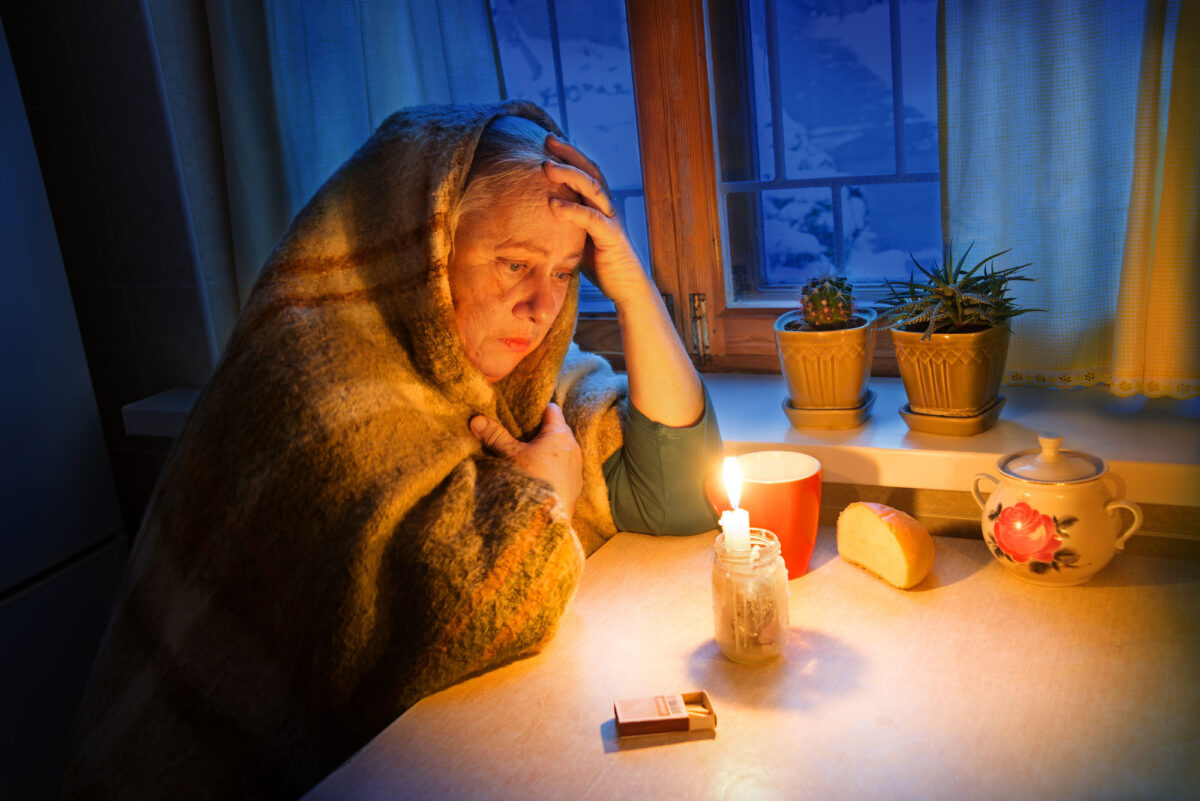

BigBadCat | October 24, 2020
|
Don’t forget yard lights. A good supply of these are cheep and will work great. Put them in the south window in the morning, and In the evening, turn some of them off for later, and place the rest around where you need them, When they start getting dim, simply replace them with the ones you had turned off.
poorman | October 28, 2020
|
For a few extra bucks you can also get those that are motion sensitive so they light when you walk into a room then shut off to conserve battery life when you leave
poorman | October 28, 2020
|
I have a dozen of the solar powered lamps like the one you show. What are you talking about needing a professional service to install them.. Charge them up either through your electrical socket or with the sun if the power is out. No need to worry about flames starting fires like a candle or oil lamp. These are IMHO the best option there is. A couple of hundred dollars will get you enough to light your whole house.
As a side note I use stick up battery powered led lights in almost every room so you can just press a button when you walk into the room and be able to see. they aren’t going to be bright enough to read with or shave in the bathroom but they are plenty for getting dressed or till you get another light going
Margie Nichols | April 25, 2021
|
Thank you so very much?? Why didn’t I think of that?! It can save someone from a fall which can be fatal if taking blood thinners like me! Bless you my friend!
John Craig | November 14, 2020
|
Hand crank dynamo flqeh lights were not mentioned. From my experience these are very effective at illuminating a spot or area with just a few cranks of the handle. They can provide light up to 20 minutes, (depending on the model) before needing more power via additional cranking. They are predominantly led lights, so use little power for long illumination.
JC | August 30, 2021
|
Having a combination of lighting works for me. Solar yard lights that I can bring inside and put in a vase, battery lights of different wattages and styles, large oil lamps and of course those cute restaurant table types (they last for long periods with little fuel consumption, and even those battery candles as well as regular candles. Each have their own job and when to use and when not to use. I also don’t plan on being the only house on the block with lots of light. Just enough so that nothing draws too much attention and not all my resources are used up. I also keep my batteries in an ammo case that is lined with aluminum foil. a.k.a. a small faraday cage. Having a plan is important especially at times like these. Bless all and may all be safe. JC